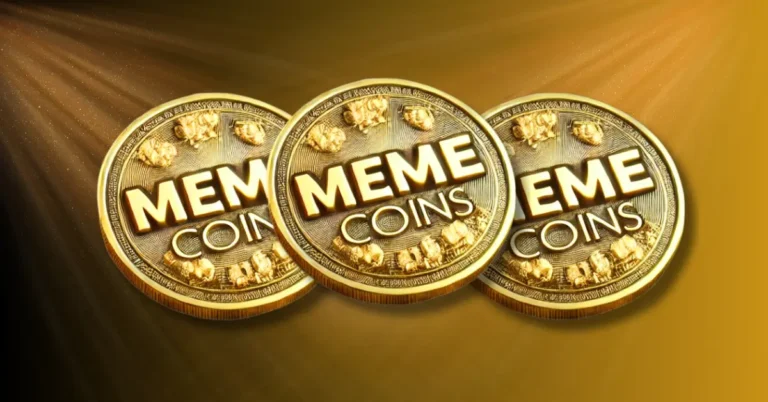The pieces even, the fun and often humorous cryptocurrencies that stormed the internet, experienced a difficult start this year. According to a Recent kaiko reportMost of the tokens even had trouble, with losses ranging from 10% to 70% since the start of the year. But does that mean that the frenzy of money even is over? Not quite.
Even face and stockings
Kaiko’s recent report underlines that if the tokens of popular memes like Dogecoin, Shiba Inu and the more recent pieces have experienced significant price reductions this year, their popularity has not completely disappeared.
Last year, these tokens surpassed many other cryptocurrencies thanks to their overhaul and the possibility of making rapid benefits.
This year, despite volatility, the recent increase in new launches of coins, in particular on Solana, proves that traders continue to engage with these assets, betting on the next viral success.
Exchanges and market manufacturers taking advantage of the same
One of the reasons why the parts even continue to grow is that they are profitable for exchanges and market manufacturers. The difference between the purchase and the sale price of coins is much higher than for the largest cryptocurrencies like Solana (soil) and Ripple (XRP). This allows market manufacturers to earn more of these trades.
The exchanges also take advantage of this, because trading of memes parts brings millions of fees, and centralized exchanges (CEX) add them to a faster rate since 2020.
Although American platforms like Coinbase were slower to list the tokens even than offshore exchanges, they catch up. Some tokens even, such as PNUT, Trump and Melania, landed on major exchanges like Binance and Coinbase in a few days, largely because of their attraction and their links based on media with important figures.
Liquidity and volatility challenges
Kaiko’s analysis warns that the fast part of the parts even comes with its own set of challenges. These tokens often experience massive exchange volumes which far exceed their available liquidity, especially at launch.
For example, the Trump token saw $ 16 billion in negotiation volume on January 20, almost 30% of the daily Bitcoin volume despite limited liquidity. This mismatch between volume and liquidity can lead to extreme price fluctuations, forcing merchants to widen library differences to manage risks.
In the end, this increases costs for merchants, making memes parts a high risk and high reward investment.
What is the next step for the same parts?
Even if the media beaten of the same corner has slowed down this year, it is far from over. Their mixture of humor, community support and speculative attraction continues to attract investors.
As the exchanges adjust their registration strategies going from “authorization lists” to “blocking lists” to better manage the new tokens of memes will probably remain a key element of the world of cryptography.

